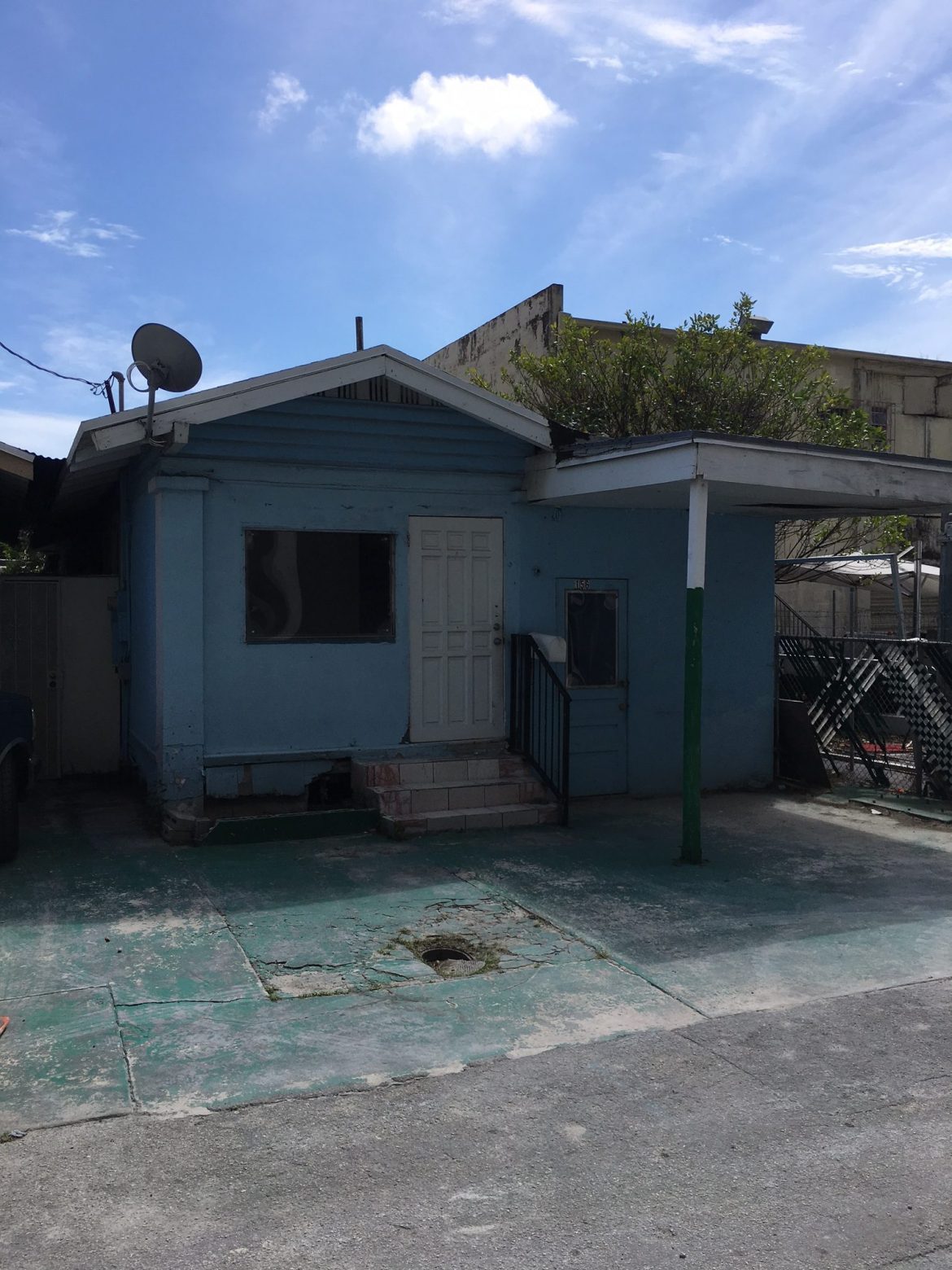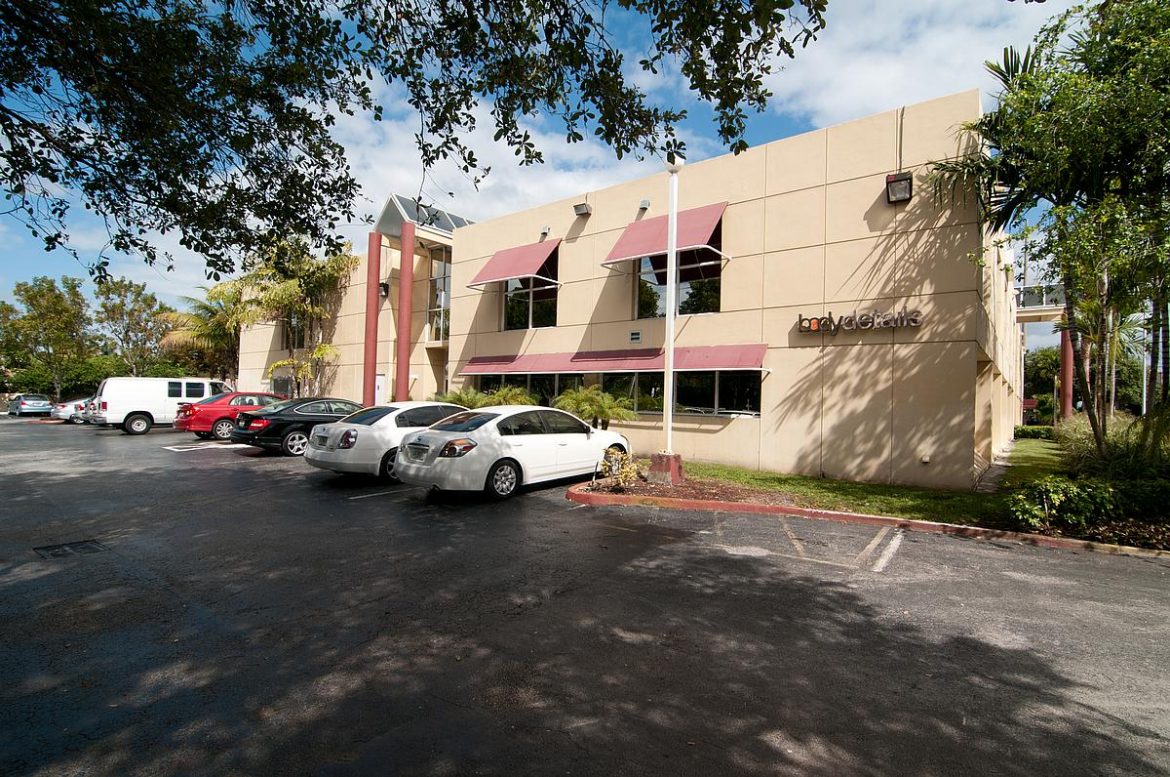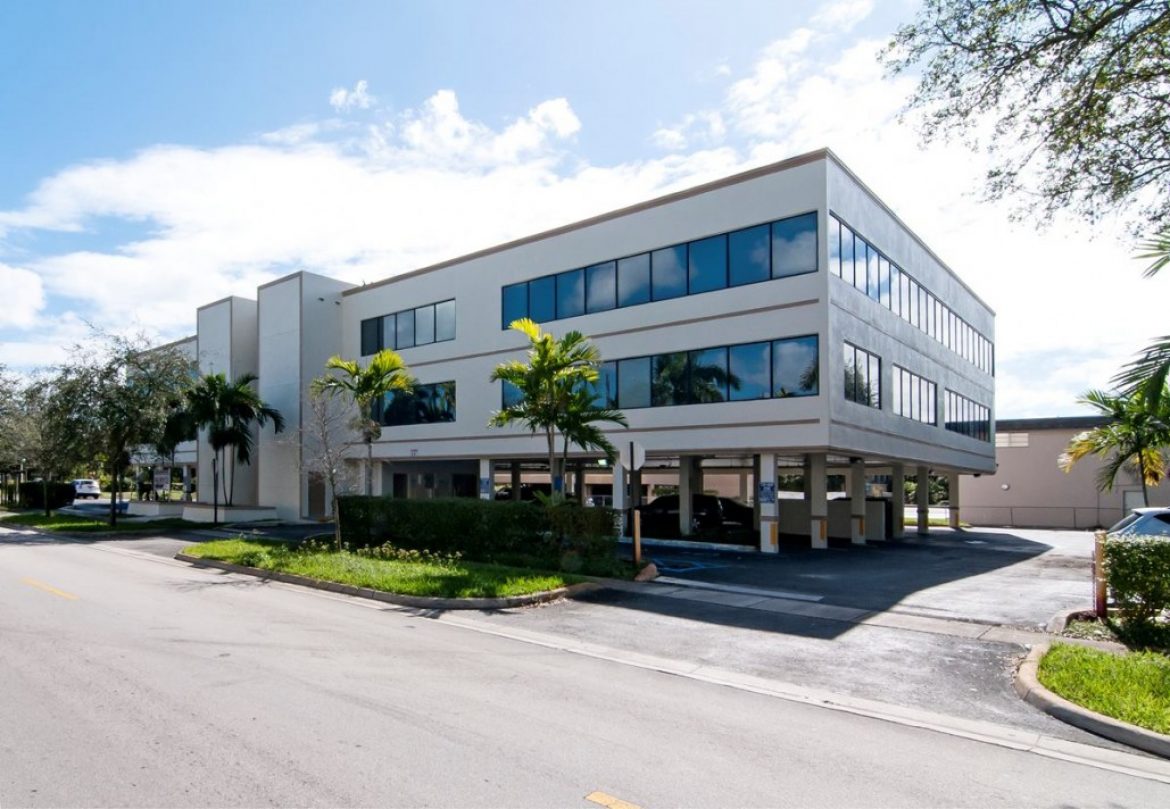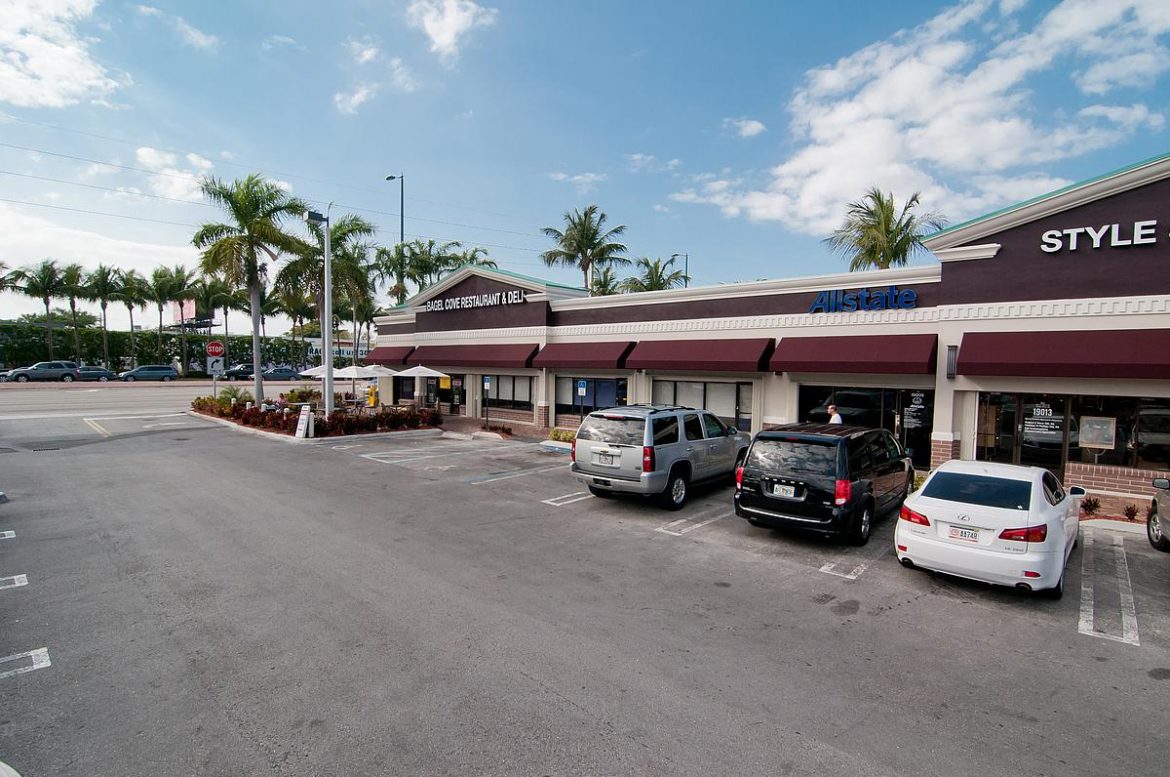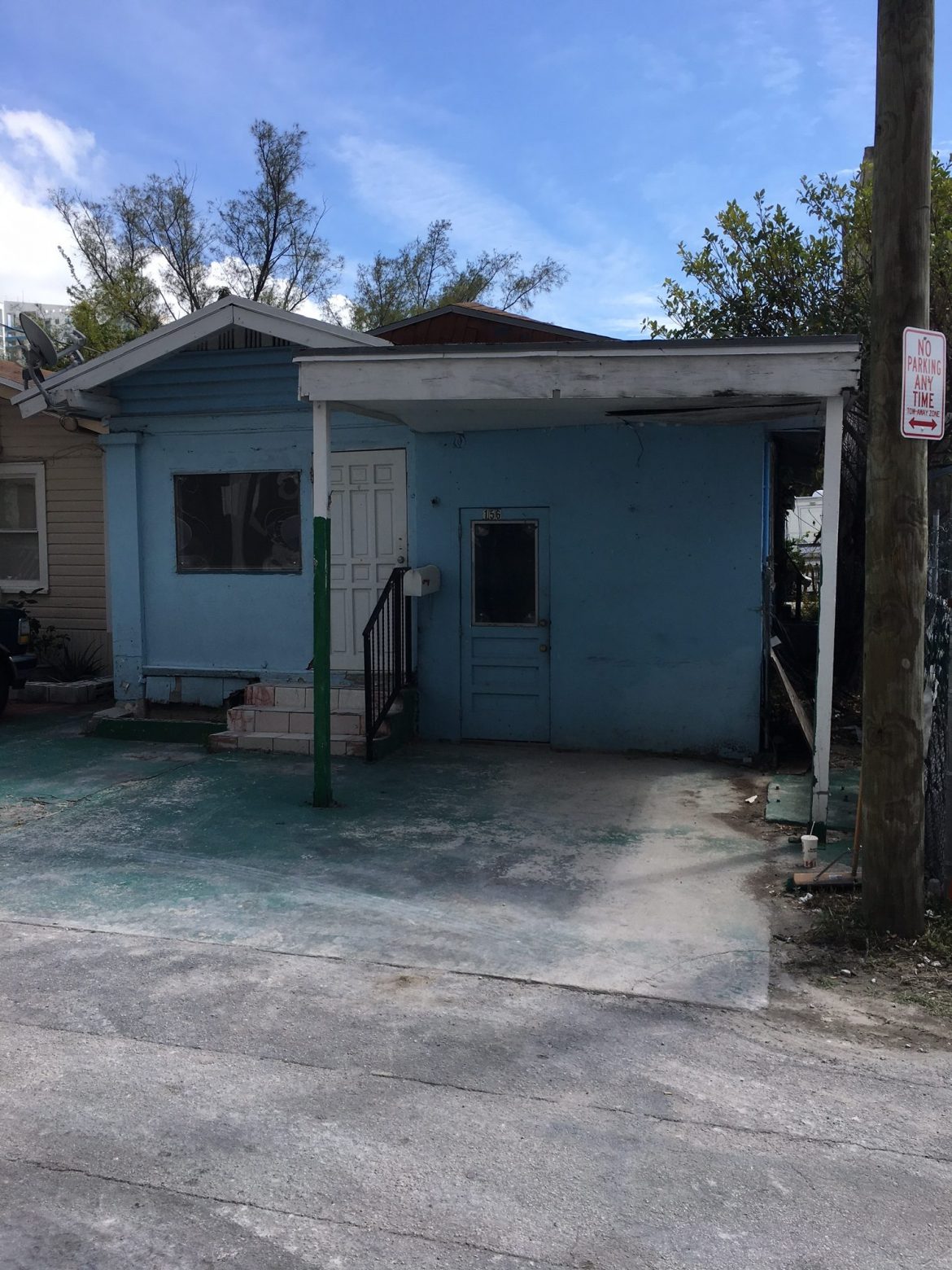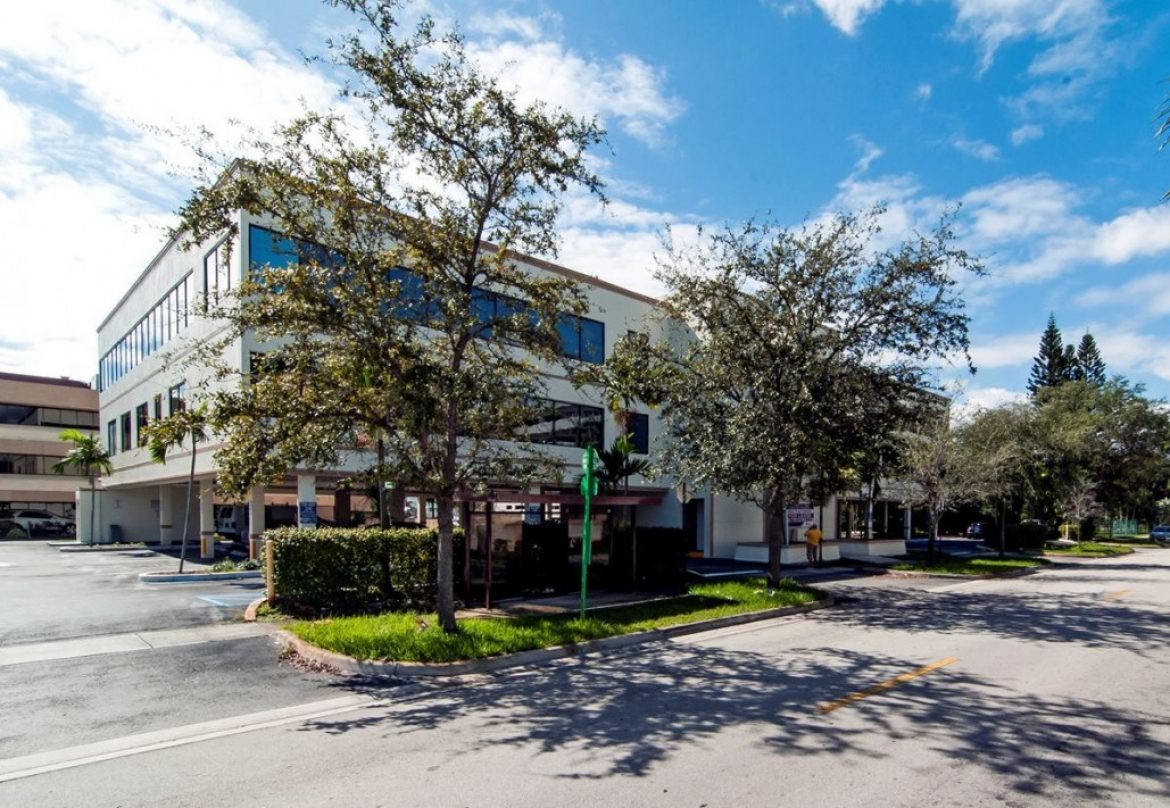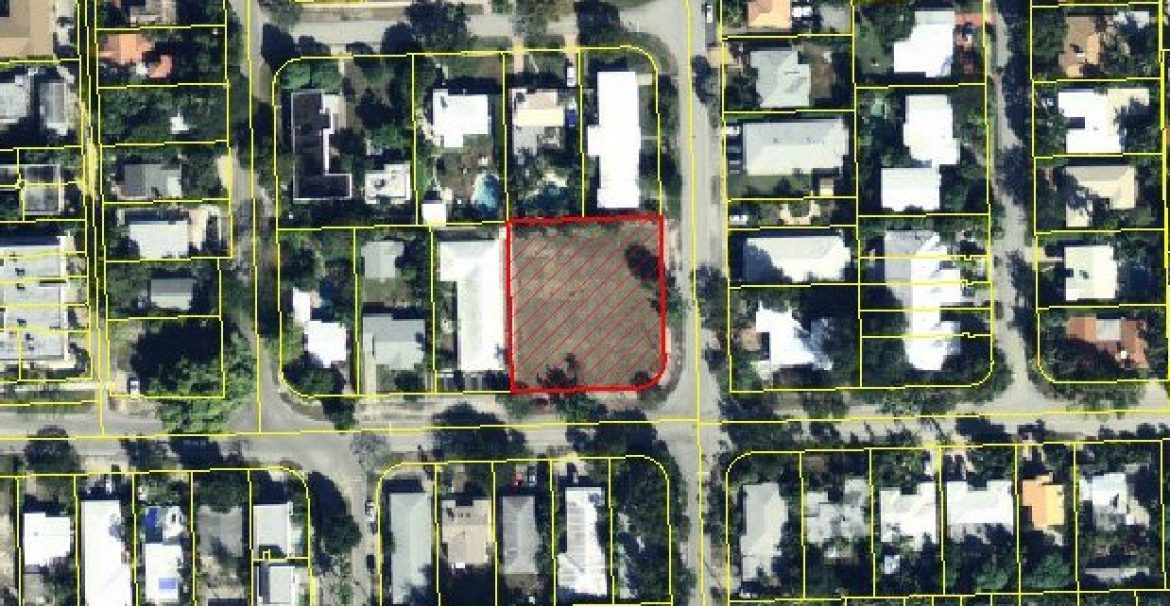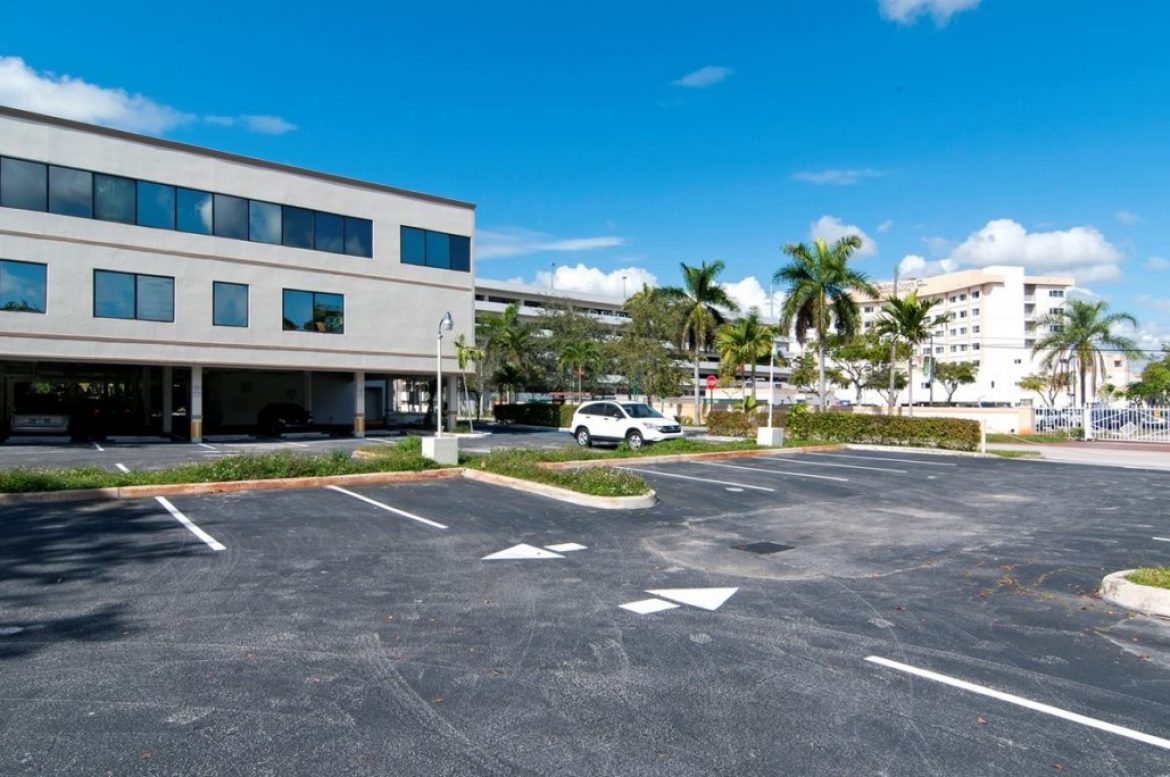
Come the fall, developer and entrepreneur Moishe Mana will break ground on his first project in Wynwood. And more will soon follow, he said.
Mana is ready to proceed with a three-story, 35,410-square-foot building at 2900 NW Fifth Ave. that will house the Puerto Rican Chamber of Commerce and some additional offices for Miami-Dade County, according to Berenblum Busch Architects.
The architectural firm will submit the final design and construction documents by late January for the building and expects to have permits in hand by August, said Gustavo Berenblum, the firm’s founding principal.
Construction is slated to begin in September. The chamber, currently at 3550 Biscayne Blvd., is expected to relocate to the new digs by November 2021.
The three-story building will include a ground floor café, retail and meeting spaces, and 6,800 square feet of ground-floor parking, according to Gustavo Berenblum, the firm’s founding principal. The second floor will host offices for the chamber and county. The third floor will have additional offices as well as a 6,800-square-foot terrace facing south toward 29th Street.
Originally designed as a four-story building, the project was downsized at the request of the developer and county to meet the construction budget of $8.4 million. The four-story design would have cost $11 million, Berenblum said.
As part of an agreement between Mana and Miami-Dade County, the county will pay about $2 million from a bond; Mana will pay the rest.
The development comes as the neighborhood’s office market expands. The prior year saw the largest amount of Class A and Class B office space development since 2009, and Wynwood is receiving much of that new square footage.
Mana owns 40 mostly contiguous acres in Wynwood. His plan for the neighborhood includes a trade center occupying 8.5 acres from west of Northwest Fifth Avenue to Interstate 95.
The Israeli-born developer is also focused on planning and designing the front lot of a 4.5-acre development with buildings scaling two-to-three stories between Northwest 23rd St. up to Northwest 22nd St. and Northwest 2nd Ave.
“It will add another dimension to Wynwood,” Mana said.
He expects to complete the design in about two months.
The Wynwood neighborhood was one of the first areas settled by Puerto Rican immigrants who moved to Miami in the 1950s.
“It’s important to have the chamber in Wynwood because we don’t want to lose this part of the community,” Mana said. “We want to keep the culture.”
Said Berenblum Busch Architects Principle Claudia Busch, “It’s an opportunity for the Puerto Rican community to have a place of its own. You already have many Puerto Rican institutions that are there contributing to the health of the local economy there.”
Mana’s company also plans to provide financial support for chamber events, he said. To date, it has given $60,000, according to the chamber.
“We plan to initiate an arts program to attract artists from Puerto Rico and local artists for cultural events,” said Luis De Rosa, the president of the Puerto Rican Chamber of Commerce. “We also plan to provide aid to small businesses.”
Mana started searching for a Wynwood location for the chamber in 2011, he said, and signed an agreement with the county in 2015. Previously, the group planned to build at Northwest Second Ave. and 21st Street but abandoned that location due to environmental issues with the property, Busch said.
Source: Miami Herald

